 Clean drinking water is something we often take for granted. At the turn of a tap, we have access to chlorinated water for every day use. However, for people who don’t want or can’t access scheme water, there is often a question of how to treat other water sources to make them safe.
Clean drinking water is something we often take for granted. At the turn of a tap, we have access to chlorinated water for every day use. However, for people who don’t want or can’t access scheme water, there is often a question of how to treat other water sources to make them safe.
Chlorine is the most common water treatment agent. It is used by the Department of Health in Western Australia because it is inexpensive and moderately effective. Fortunately Chlorine is not the only alternative for drinking water treatment. We will examine why you should be wary of using chlorine as a water treatment agent for rain water, bore tanks and any water that you are going to consume.
Why is chlorine used?
- It always has been
Chlorine is used primarily because it has always been used. Chlorine has been used around the world for more than 100 years because it was found to successfully eliminate many water-borne diseases including cholera and salmonella. However, chlorine treatment doesn’t guarantee the water that comes out of our faucet is free from unhealthy microorganisms. In fact, recent research shows chlorine may contribute to an increase in several ongoing health problems such as headaches, diarrhea and cramps.
- It is low cost
Safe drinking water is priceless and most people require a treatment option that is cost effective. However, while chlorine is a low cost treatment option, increased research and development by entrepreneurial organisations mean there are now a number of other healthier options, at the same low cost.
What should I be wary of using chlorine?
- It leaves a residual taste and smell
Chlorine does leave a slight taste, and smell, in the water it treats. This becomes more pronounced if the water gets warm. This is a noticeable drawback when chlorine is used to treat tank water, which warms up as the tank does in the sun.
- It can be harmful to your health
If you are treating your own water, you must be very careful not to exceed a safe amount. In addition, chlorine can’t guarantee the treatment of dangerous bacteria such as e-coli and coliform.
- It is ineffective against biofilm
Biofilm is a habitat for bacteria in water systems. It forms on surfaces that encounter water and protect bacteria from treatment options. Biofilm can be hazardous to your health as it allows bacteria to reinfect the water after treatment. Chlorine is ineffective at breaking down biofilm.
Is there an alternative?
An alternative to chlorine, that has all the advantages and none of the disadvantages, is chlorine dioxide. Despite the name, chlorine dioxide doesn’t contain chlorine and has been listed as one of the safest treatment options by the World Health Organisation (WHO).
If you need safe, reliable and effective water treatment options, contact the experts at Natural Water Solutions today on 1800 226 303.

